Anxiety’s Other Face
As the world re-opens from the pandemic, the health of our pets must not be forgotten.
Just as the pandemic was a stressful disruption to the daily routines of our pets, so too is our return to normalcy.
November 3, 2021
In March of 2020, the World Health Organization (WHO) officially declared COVID-19 a global pandemic due to the frightening outburst of cases. As we all know too well, soon after, many states issued a stay-at-home order that caused people to spend more time with their families at home than probably ever before. While remaining indoors for the majority of the day could have been a positive or negative experience for humans, it was a perplexing time for our beloved pets.
In fact, during the height of the pandemic, many animal owners reported that their furry friends were straying away from their old routines. Some pets may have enjoyed the extra attention and companionship, while others may have felt as if they needed a break from their owners. No matter the situation, many pets became stressed with this overwhelming and abrupt change to the schedule. With their owners now being home for longer periods, pets were bound to be confused, and we may have looked past that due to the stress us humans endured.
“A lot of it is because routines are upended, and pets have no idea how to function in the new world order,” Stephanie Borns-Weil, the head of behavior services at Cummings Veterinary Medical Center, highlighted. “Some of it is due to opportunity—pets have us around all the time, so why not keep begging for their next meal or sitting at the door? And much of it is that pets are looking for our attention to relieve their own stress or anxiety, and they only have one or two ways of asking us for that.”
Change is challenging for all of us, including the animals we welcome into our families. They are not furnished to understand why something is happening or reckon how to adapt. Their owners can not explain to their pets why they are suddenly consistently in their space when they are ordinarily elsewhere throughout the day.
While the pets in my family did not personally undergo any strange actions during the lockdown itself, they did start to display odd behavior once the stay-at-home order was lifted, and my mom and I returned to work and school.
My mom and I adopted Stella, my beautiful two-year-old tuxedo cat, in February of 2020. With that being said, my “Covid pet” quickly got used to my all-day presence once the stay-at-home order was emplaced. Besides a few weekly trips to the grocery store and the occasional driving lesson with my mom, I was always in my room playing with her.
However, once I started hybrid learning last year, I began to notice some abnormality in my typically well-behaved cat. Stella would cry whenever I would leave for school in the morning, follow me around the house, constantly lay on top of me and purr as loudly as she could, and whine if I entered a room and shut the door as though I had disappeared completely.
My other cat, Manchester, unlike Stella, did experience typical life before the pandemic. He was used to my mom and I’s few hour-long absences each day due to our busy schedules. Even though he knew our regimes before COVID-19, he also started acting strangely once we went back to our old way of life. For example, even though Manny is an indoor cat and had never requested to go outside before the pandemic, I often hear him beg and cry at the door to our backyard as if he wants to journey into the great wilderness that is Allison Park.
A daily routine creates stability, which has been found to reduce anxiety in both people and animals.
So, what is the cause of their odd behavior?
The transition from pandemic life to once-again busy schedules may leave pets feeling anxious, unhappy, and disoriented. According to animal behaviorists, this is called separation anxiety and is defined as the feeling of anxiety or panic when they are separated from preferred people. Signs of this include vocalization, salivation, lack of appetite went alone, self-harm, and destructive behavior.
According to Lauren Finka, a cat behavior researcher at Nottingham Trent University in England, separation anxiety for pets post-pandemic is not an uncommon occurrence.
“It’s really important that as owners we try to stick to ‘business as usual’ when it comes to the daily routines our pets are used to, and to ensure that they still have quiet, undisturbed places they can go throughout the day,” Finka expressed. “Their normal routine will be disrupted, which can cause anxiety because their sense of predictability and control may be challenged.”
As our country continues to work towards emerging from pandemic life, most are returning to their daily routines. But what does this mean for pets who are struggling to adjust to change once again?
For pets to remain physically and mentally healthy, owners must meet their crucial, daily needs. It is important to keep them active, have a regular feeding schedule, shelter them from stressful situations, and allow them alone time if needed. A daily routine creates stability, which has been found to reduce anxiety in both people and animals.
Another thing owners should do if their pet is showing signs of separation anxiety is to implement independence training. The best way to do this is to create time in the day for a pet to relax without interaction. By offering them a toy or treat, they will focus on the object rather than the person that they are attached to. This exercise helps to introduce the idea of aloneness before putting them into the situation without warning.
If the pandemic has taught us anything, it is that we should monitor the health of ourselves, others around us, and our furry friends. With a few adjustments to a daily routine, a pet struggling with anxiety will be back on track in no time. Be patient with them and yourself as you navigate the new “normal.”


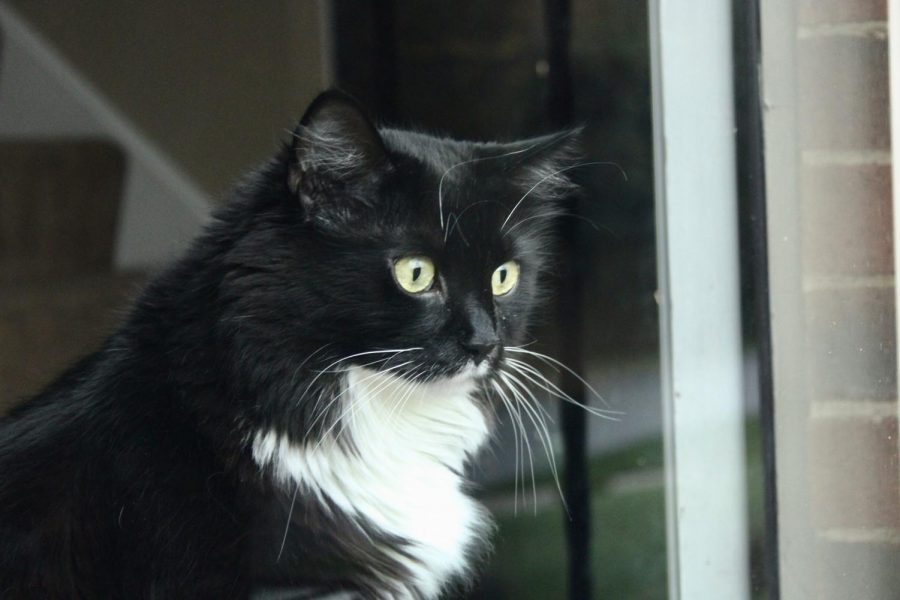






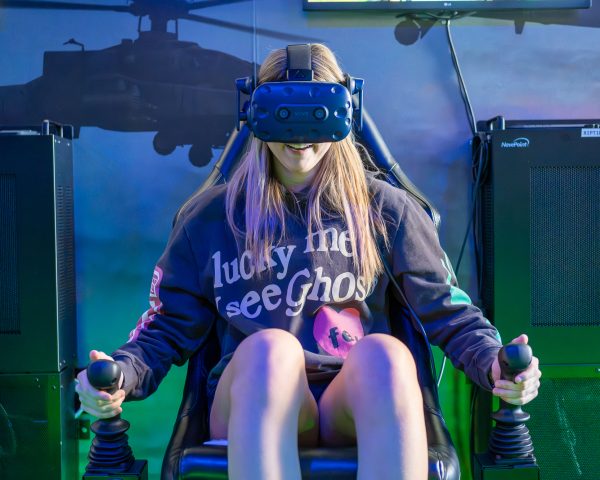
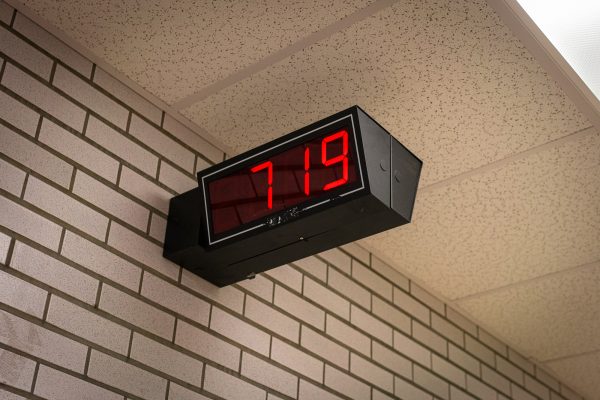


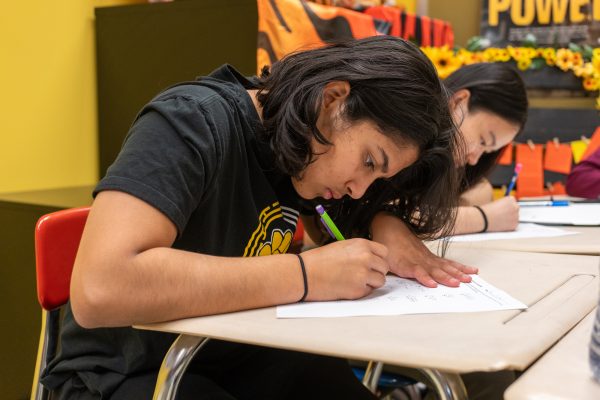
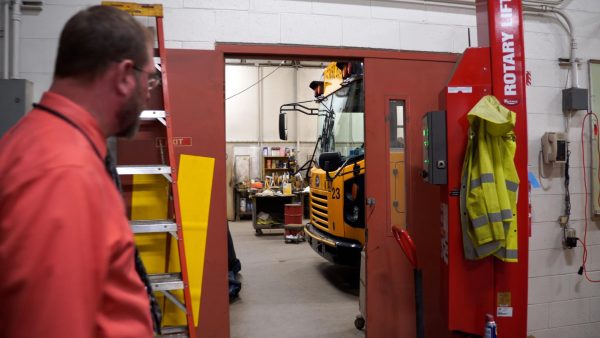

Lindey Glinoga • Nov 10, 2021 at 8:30 am
This is an amazing article, Waverly! So insightful.
Marlene Edenhart • Nov 4, 2021 at 1:52 pm
What an interesting article. Waverly you just keep getting better and better. You have a real writing talent. Also, your cats are lucky to have you!!